
The following are excerpts from interviews conducted at COP 15 with Indigenous delegates. Listen to the full interviews at rights.cs.org/COP15.
If You Destroy the Community Conserved Area You Destroy the Ecosystem
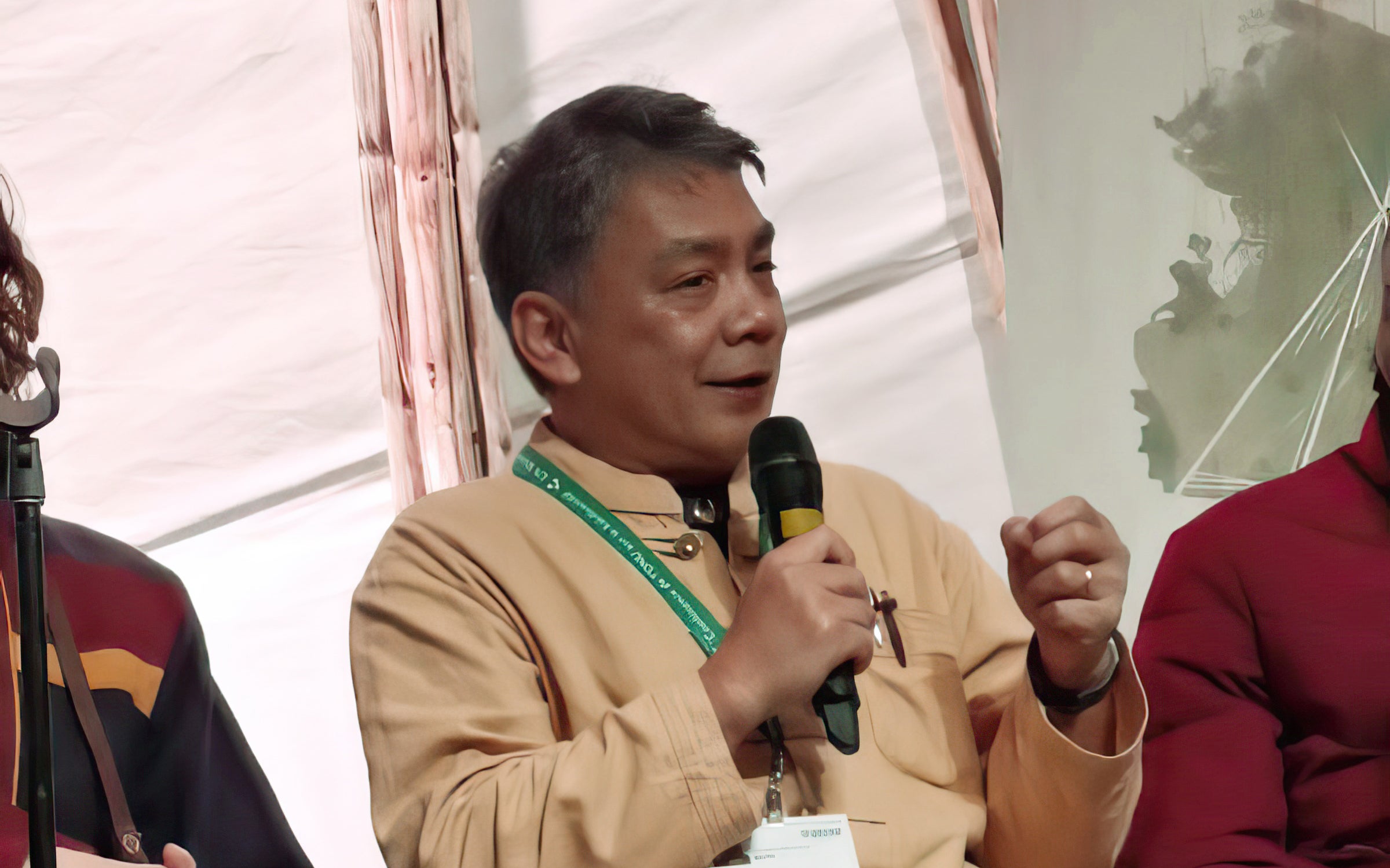 Giovanni Reyes (Kankanaey-Igorot), President of the Philippines Indigenous Peoples’ and Community Conserved Areas and Territories Association
Giovanni Reyes (Kankanaey-Igorot), President of the Philippines Indigenous Peoples’ and Community Conserved Areas and Territories Association
The Philippine ICSA Consortium has a membership of 16 partner communities all over the Philippines. We are engaged in critical partnerships with government and private groups, NGOs, and civil society organizations with respect to protecting the remaining key biodiversity areas in the Philippines, which coincide with the territories of Indigenous Peoples.
In a person, the most protected part of the body is the heart. If you strike at the heart, then you are going to kill the body. In the same way, when Indigenous communities protect their community conserved areas, [they are protecting] the heart of their traditional territory. If you destroy the community conserved area, then you will destroy the ecosystem, you will destroy the source of food, you will destroy the water. In the Philippines, where we engage in conservation to sustain the contributions of Indigenous Peoples on biodiversity, we do things like mapping. We translate Indigenous Knowledge about territories, about the extent of boundaries, and about the state of health of the forests into their physical dimension in the form of maps. [Then we] have evidence-based material to show to policymakers, for example, that these are the boundaries that are critically conserved and must not be destroyed. We provide evidence to show that the watersheds in our ancestral territories are the source of life for Indigenous communities as well as lowland farmers who are producing rice.
In the Philippines, 20 to 25 million lowland farmers are directly benefiting from the waters that come from our conserved areas. These farmers produce rice for the consumption of more than 60 to 70 million Filipinos. Imagine what happens to these 70 million Filipinos if you destroy the watersheds that belong to territories of Indigenous Peoples. Other effective conservation measures comparable to Indigenous community conserved areas are shaped by hundreds of years of practice. In discussions about the provisions, there needs to be a connection between the commitments to the global biodiversity framework and collectively owned Indigenous lands.
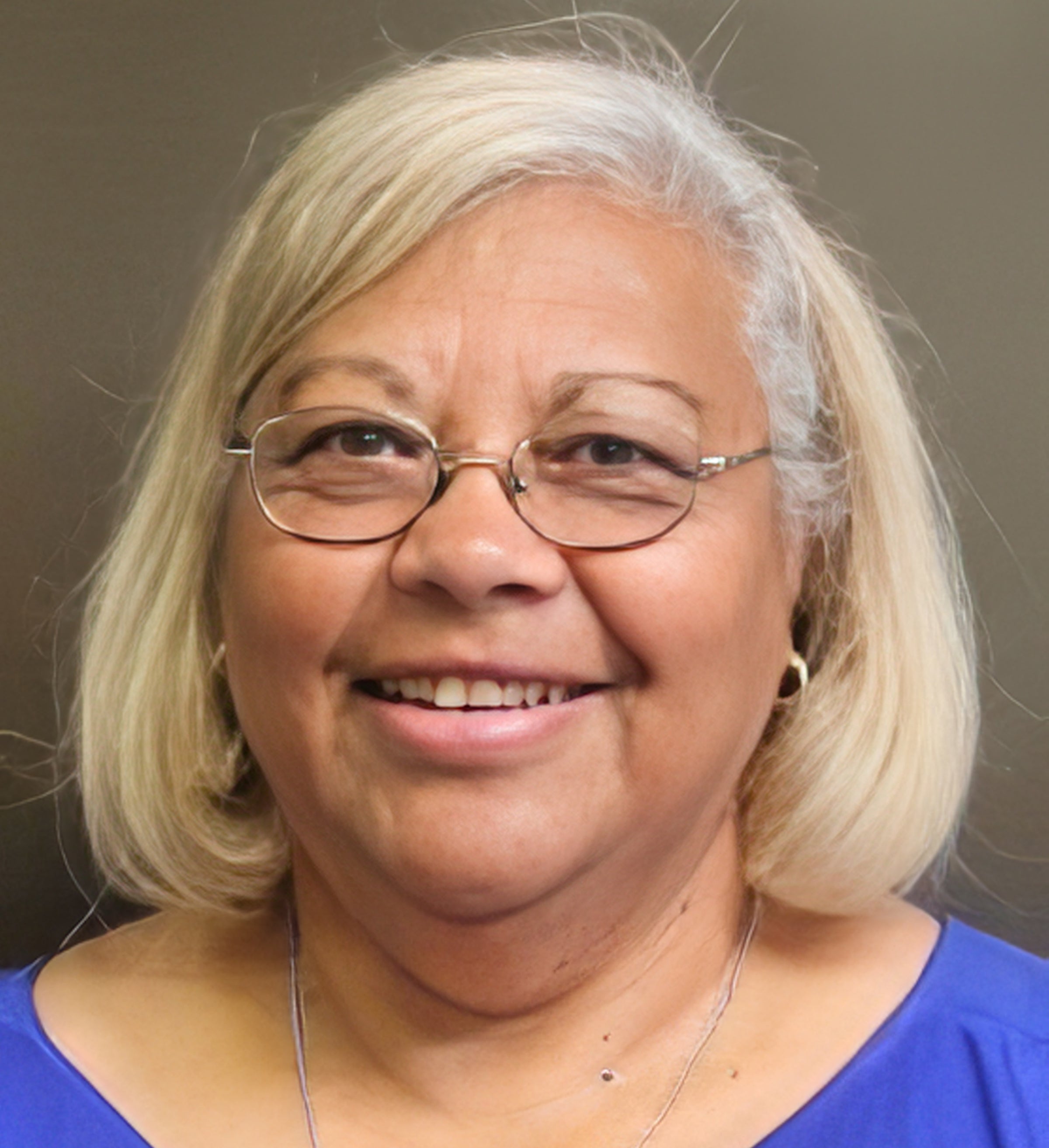
There Is Hope for The Future
Chrissy Grant (Kuku Yalanji and Torres Strait Islander), Founding Member and Chair of the International Indigenous Peoples’ Forum on World Heritage
We do a lot of work around Indigenous Protected Areas (IPA) and our joint management of national parks, which we negotiated for four years with the Queensland government to hand back to us. In five years we want to be in a position where we are building our capacity, so that in 10 years we actually look at self-management. We have an IPA over three different areas. We dedicated areas that we thought were safe enough to be an IPA to do restoration across the lowlands of the ranges of the national parks, but also looking at cultural heritage and economic and social benefits that we get out of the IPA.
The IPA was a program that was introduced in 1997 in Australia, and at that time [was] a government program. They declared that it was in consultation with Aboriginal people, but after a while the Aboriginal people wanted to be in the driver’s seat, to be able to say we will dedicate these parts of our territory, land, and waters to the IPA program and we will manage it.
The Aboriginal people are now in the driver’s seat as to what they dedicate towards the IPA. We have rangers that work on the IPAs that allow them to be engaged in the management and monitoring of the species, to be able to actively look after our cultural heritage sites, to look at the social benefits. A lot of that might be about health, education, [or] housing, particularly out in those remote communities. It’s a model that we’ve refined. A few years ago we provided information to the Canadian government about the model that we had at the time, and that’s where their IPAs came from.
I’ve been engaged in looking at when traditional owners (the Aboriginal people) put up a submission that they want an IPA on their lands. We have to go through and check that [it is] their own tenured land and not across areas that we can’t put something over without explicit permission from, say, a private landowner. These are the refinements that we’ve done with the IPA program.
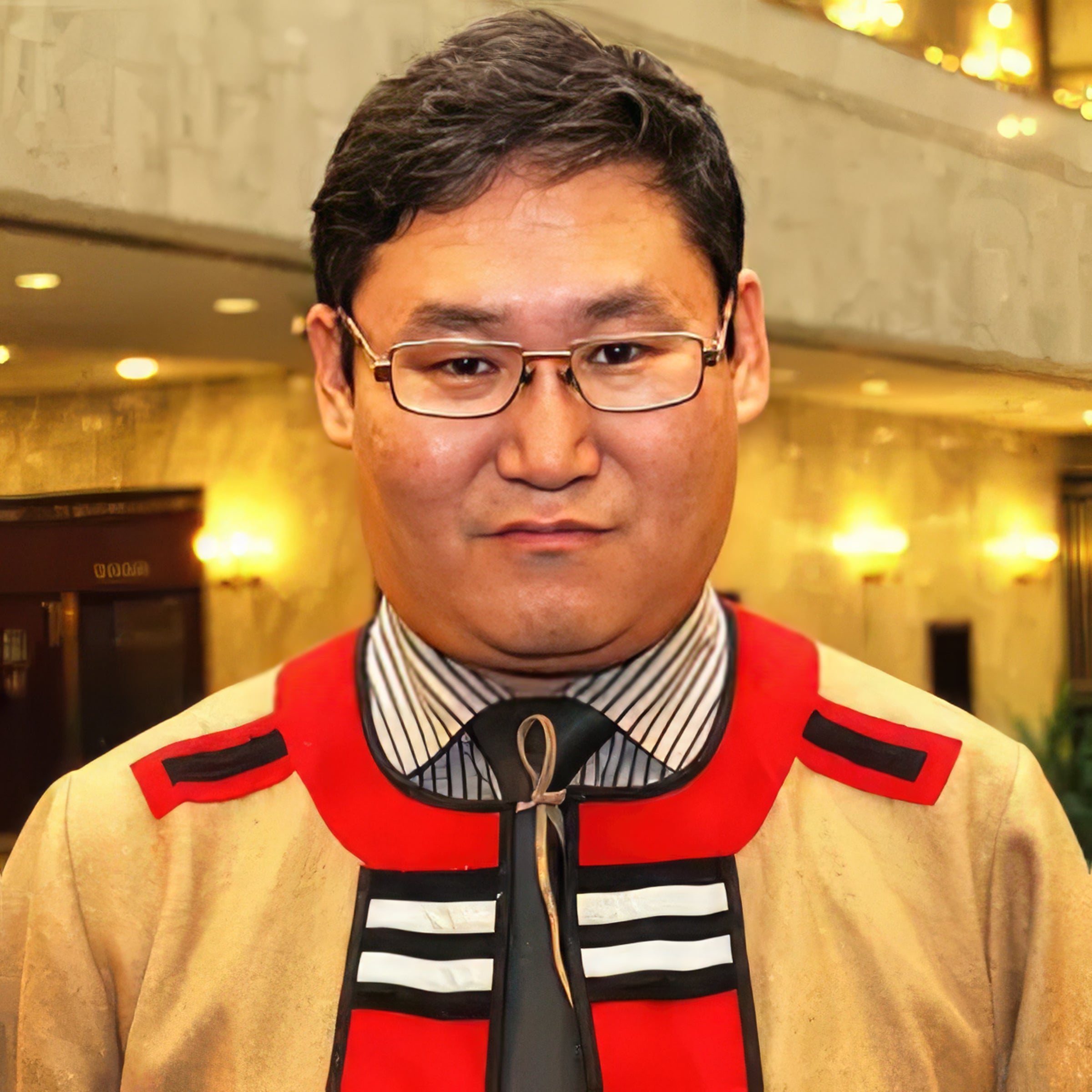
We Are Nature
Vyacheslav Shadrin (Yukagir), Chair, Council of Yukaghir Elders
My people live in the far northeast part of Russia on the Arctic coast. Our people have a close relationship with nature. We believe that every tree, river, lake, and land has its own soul and we respect these souls, we respect these spirits. We believe that some of the animals are our ancestors. Some of our tribes have totemic animals. One of the clans is the rabbit clan; there are goose, wolf, and others. My uncle Gregory was from the bear clan and was prohibited to kill bears. But his wife Akulina was from another clan and she could do that.
I may be the last Yukaghir who conducts rituals with trees, which is a ceremony made by my other uncle. I do it because I respect him. In this ritual, he took me to a tree and said, ‘please take this, put your head to the tree, and remember your faith, maybe memories from your childhood. Do you remember your grandfather and what you did when you went to school? Do you remember how we got your first trophy of elk?’ After that he [told me] to climb this tree. And in two places I cut some sprouts from this tree. After, he said, ‘three parts of this tree: the highest part is your head. The second part is your body. And the lower part is your legs. Now I will know what’s happened with you and with your body, with your health.’
He has contacted me several times about my health as he knows when something has happened to me. It’s unbelievable, but every time I ask how it’s possible that he knows, he says it’s because of this twin brother tree with which I exchanged my thoughts. We have relations not only in our mind, not only in our culture, but we have mental connections with nature. The voices of Indigenous Peoples are the voice of nature. That is why I say that you must take into account the voices of Indigenous Peoples. We are not only a part of nature, we are nature. That is why we must respect Indigenous rights and voices and ensure they are included in all international documents.

Indigenous Peoples Are Great Conservationists of Biodiversity
Ramson Karmushu (Maasai), Field and Research Coordinator for the Indigenous Movement for Peace Advancement and Conflict Transformation in Northern Kenya (IMPACT)
Indigenous Peoples and local communities have been the real biodiversity conservationists. They are custodians of nature. They know all the plants that are in their territory, they know the connectivity, they know how to sustainably use them, and they value nature differently. They are also a source of their livelihoods. It’s so valuable to continue supporting Indigenous people and to stay in those areas and protect biodiversity. Many researchers have shown that biodiversity loss is increasing globally but at a slower rate than in areas occupied by Indigenous Peoples. Indigenous Peoples carry a lot of knowledge in terms of sustainably living in their lands and territories. They are also facing a lot of challenges in terms of climate change and the [factors] that they do not contribute to, like the emissions in the air that contribute to ozone degradation and cause climate change. They don’t contribute to it, but they are the victims of climate change.
The support that Indigenous Peoples receive in terms of resource mobilization is always in very small figures in a very short time with very tight guidelines. We have utilized the small resources, and now we should talk about bigger grants directly coming to Indigenous Peoples with less bureaucracy and flexible reporting. An environmental change is not like building a road where you build a road and show it the next day. It needs time for it to really change. We need long-term grants. Our landscapes are also very much inclusive. We don’t talk about forests and rivers alone; all of it is important and all of it should be protected. We value nature differently. All trees in nature are not the same. There are those that we use spiritually, there are those that we use as food, and there are those that are there together with us and we really don’t use them. We live as custodians of nature.
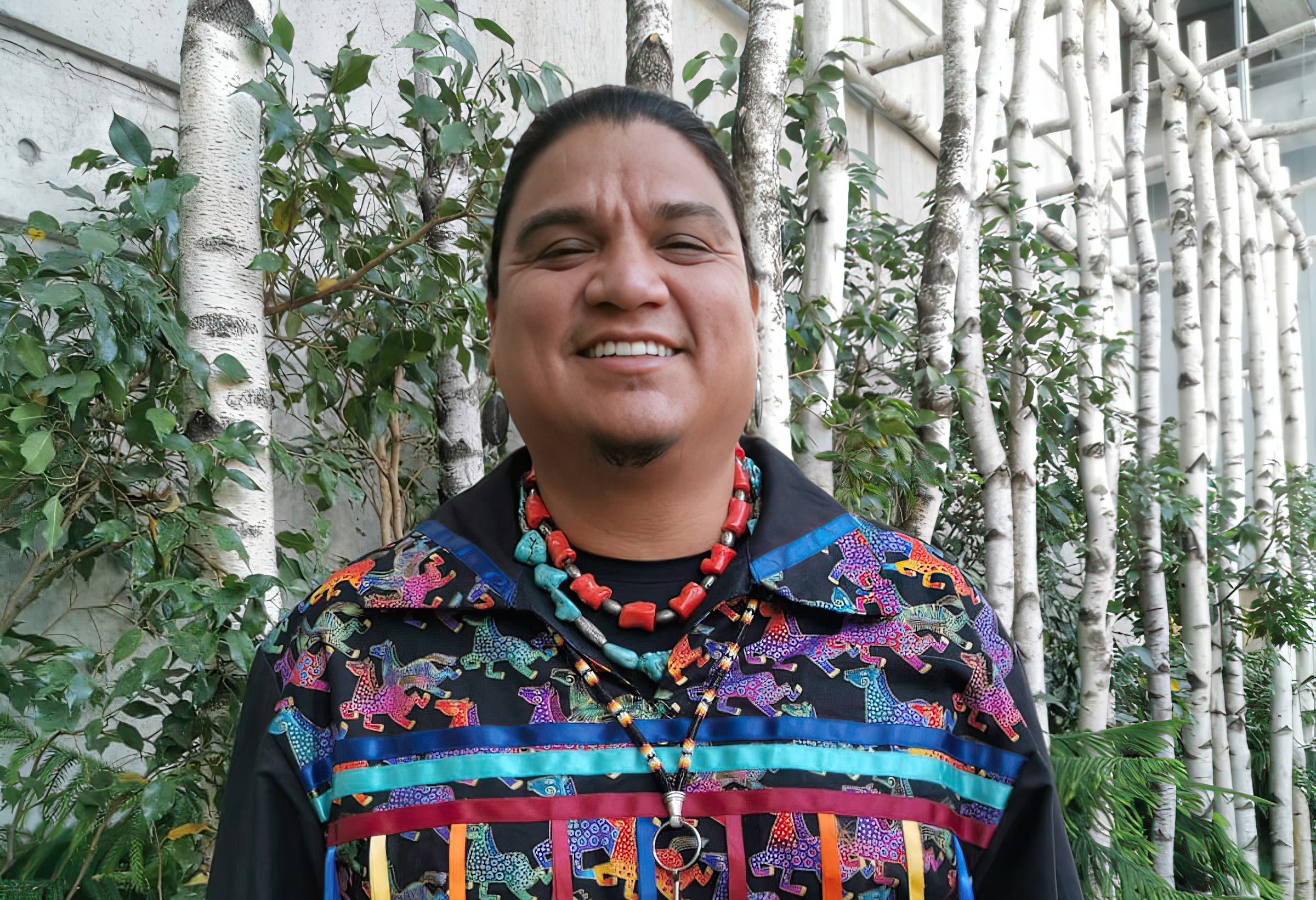
The Importance of Traditional Knowledge and Indigenous Leadership
Thomas Joseph (Hupa/Karuk/Paiute), Carbon Policy Educator, Indigenous Environmental Network
I have witnessed firsthand the destruction of our biodiversity by the State of California as well as the federal government, which also controls a lot of the territory in our region. We’ve been protecting biodiversity since time immemorial in our home place. We use cultural practices of putting fire on the land. We know the importance of making sure that our watersheds are taken care of for the vast biodiverse river systems that we have, which are complicated with the implications of dams that the federal and state government have put in. We have fought for the removal of those dams. We have continued to fight for stopping the diversion of our waterways to central California for agriculture, farming, and cities.
It’s concerning to see California bring a large delegation of elected officials proclaiming that they have the blueprint on how to protect biodiversity when I know firsthand that they have destroyed the biodiversity in my homelands. They are the fifth-largest economy in the world. They have come here shouting that they have money and proposals and ideas to move forward, which mimics the European Union and the United Kingdom and Canada, and these other parties who are dictating the direction of this conference.
The world looks to the EU for leadership, but they have proven that they cannot protect the biodiversity in their own lands and that they have destroyed biodiversity on a global scale. Indigenous people have proven that we can protect biodiversity. Eighty percent of the world’s biodiversity is in the tenure of Indigenous Peoples. Why don’t we move forward with the plan of actually giving land back and extending the tenure that they have over all their ancestral territories, not just the lands that are recognized by their nation States back home?
It’s fundamental that as we continue to move forward to address biodiversity loss and climate change, we must understand that these colonial tactics, this heavy consumption of our Mother Earth, is what caused climate change; that capitalism is a root cause and that patriarchy plays a vital role in this. When we continue to use the mechanisms of white males leading the direction of this conference, heavily embedded in the patriarchy using colonial tactics like 30x30 (which will be the biggest land grab of Indigenous lands since the western expansion of the US), and when we use market-based mechanisms such as “nature-based solutions” of carbon offsets, we will not protect biodiversity. It will continue to be lost. We need to move away from these types of structures and understand the importance of Indigenous leadership and Traditional Knowledge and move that to the forefront of solutions for these issues.
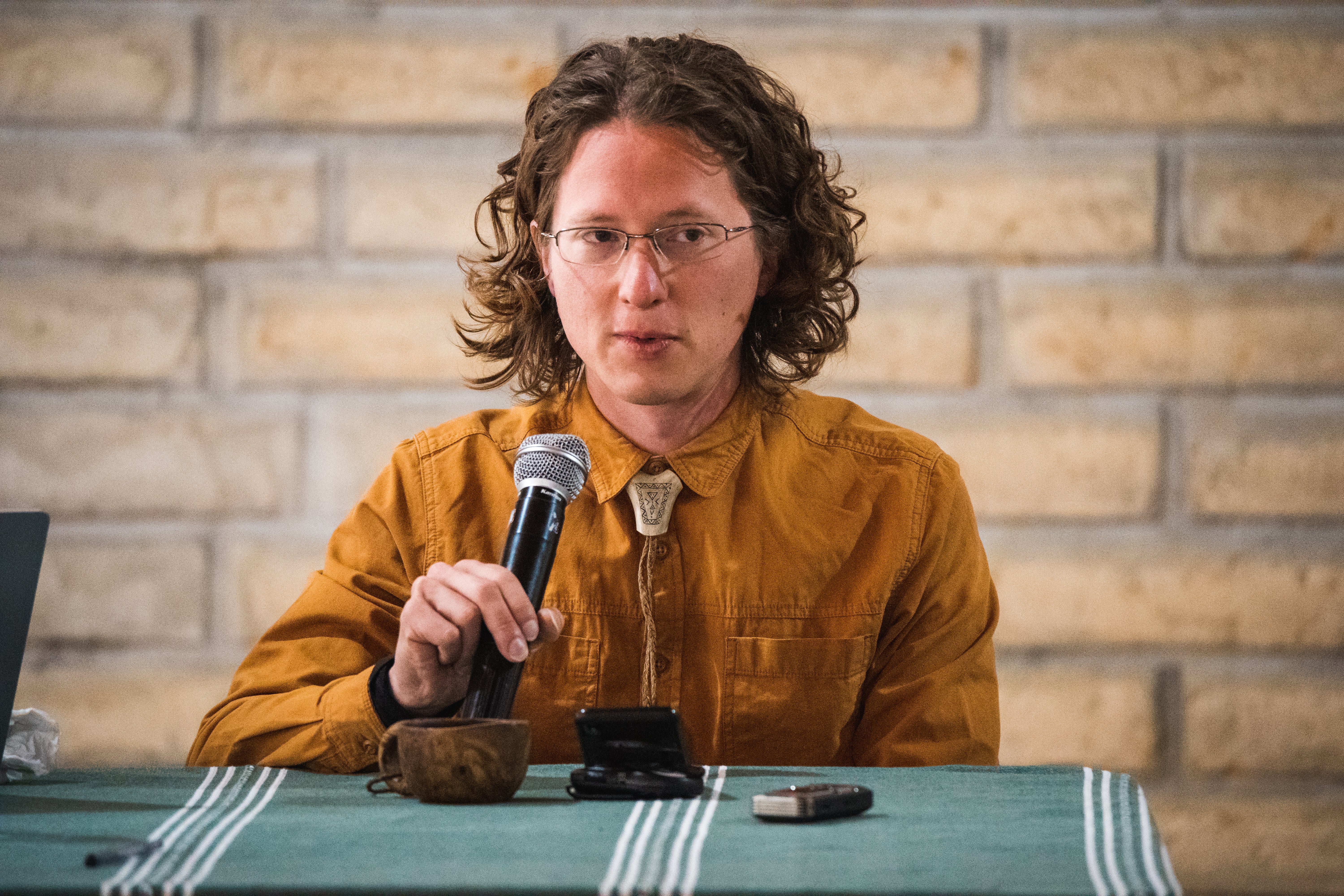
Working Hard to Get Recognition for Indigenous Territories
Aslak Holmberg (Saami), President, Saami Council
Saami have been conserving biodiversity through co-management and restoration work that has been done in the watershed East of my home area in Njaudd ̂am. There, Saami have been collaborating with researchers to identify lost spawning grounds in the rivers that were heavily modified due to forestry and timber rafting. The Saami have been restoring these spawning grounds with good success. This is linked to co-management practices where the Saami, together with State authorities, decide what management actions to take.
The other example is the Laponia World Heritage Site, an extensive area in traditional Saami territories in areas of nine different Saami villages. There, after some 16 years of negotiations, the Saami managed to establish the World Heritage Site. The governance model, which is a Sámi majority board, also includes representatives of the municipalities and works on consensus. That’s one way that the Sámi have managed to bring protection in this Nordic or Western legal framework. Our traditional ways of using our lands are ways of conserving nature—if we manage to keep more intensive forms of land use away from our areas. That is the most important way that we have managed to preserve our lands.
It’s a good link to these negotiations here because we’re also working towards getting formal recognition of the importance of Indigenous rights in conservation; it is in the Indigenous Peoples’ territories where most of biodiversity is left. In the Saami territories, we still have some unmodified nature left. What we’re working here for is to get recognition for Indigenous territories and our customary use, which should not be negatively impacted by conservation actions. Our knowledge should also be part of the process informing decision making. We have to be at those tables where decisions are being made, but also when you’re evaluating, for example, the success of a conserved area, that has to include Indigenous Knowledge, rights, and participation.
